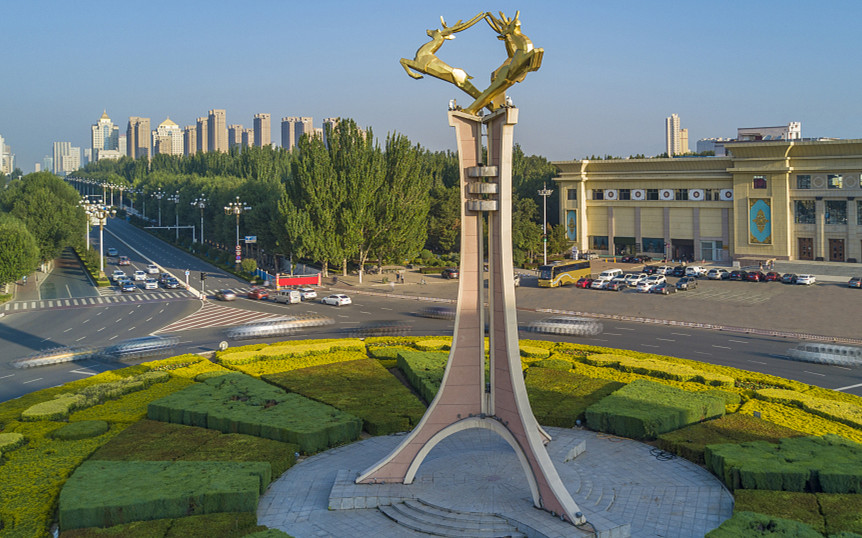Baotou advances its development as a zero-waste city
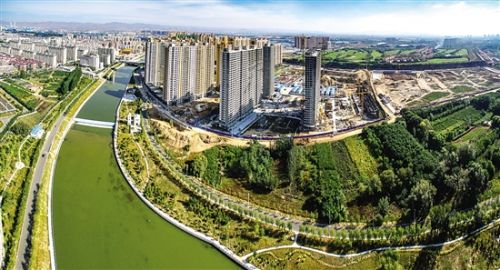
Green buildings stand tall in a community in Qingshan district in Baotou. [Photo/baotounews.com.cn]
Baotou -- in North China's Inner Mongolia autonomous region -- has been advancing its development as a zero-waste city with efforts being made in the development of low-carbon and green buildings, according to a report in the Baotou Evening News.
A zero-waste city is an advanced urban development and management model that aims to promote ecofriendly lifestyles, minimize waste, strengthen recycling programs and ensure that harmful waste is not released into the environment.
Green construction technology can reduce the environmental load of buildings -- that is, save energy and resources and provide a safe, healthy and comfortable living space.
The development of green buildings and the implementation of green construction methods are an important way to develop a zero-waste city.
The number and area of green buildings in Baotou have increased year by year, from 29 covering a total of 401,000 square meters in 2016, to 378 covering 3.82 million sq m in 2018.
By 2019, the number of green buildings that had passed the construction drawings review in the city had reached 5.09 million sq m, accounting for more than 40 percent of new buildings. The green buildings that have obtained the green building label reached 1.53 million sq m.
In December 2019, the General Office of the State Council issued the Pilot Work Plan for the Construction of Zero-Waste Cities.
A total of 11 cities were designated as zero-waste pilot cities by the Ministry of Ecology and Environment on April 29. By 2020, these cities are expected to have established a comprehensive management system for waste and serve as models for the development of other zero-waste cities.
Experts said the pilot cities are expected to promote new industrial structures and agricultural production models and follow an eco-friendly consumption model.

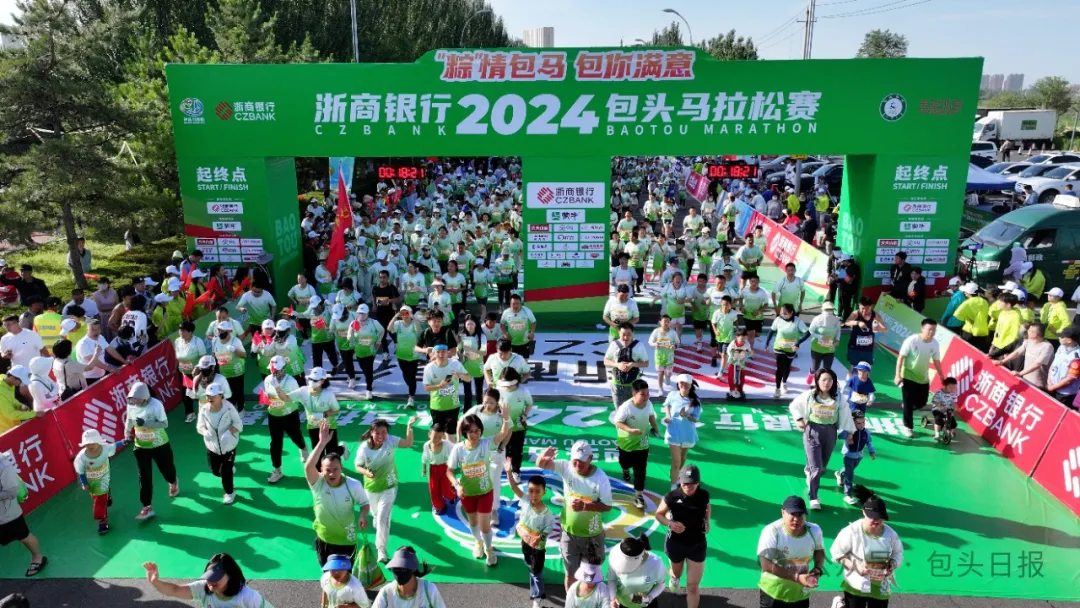
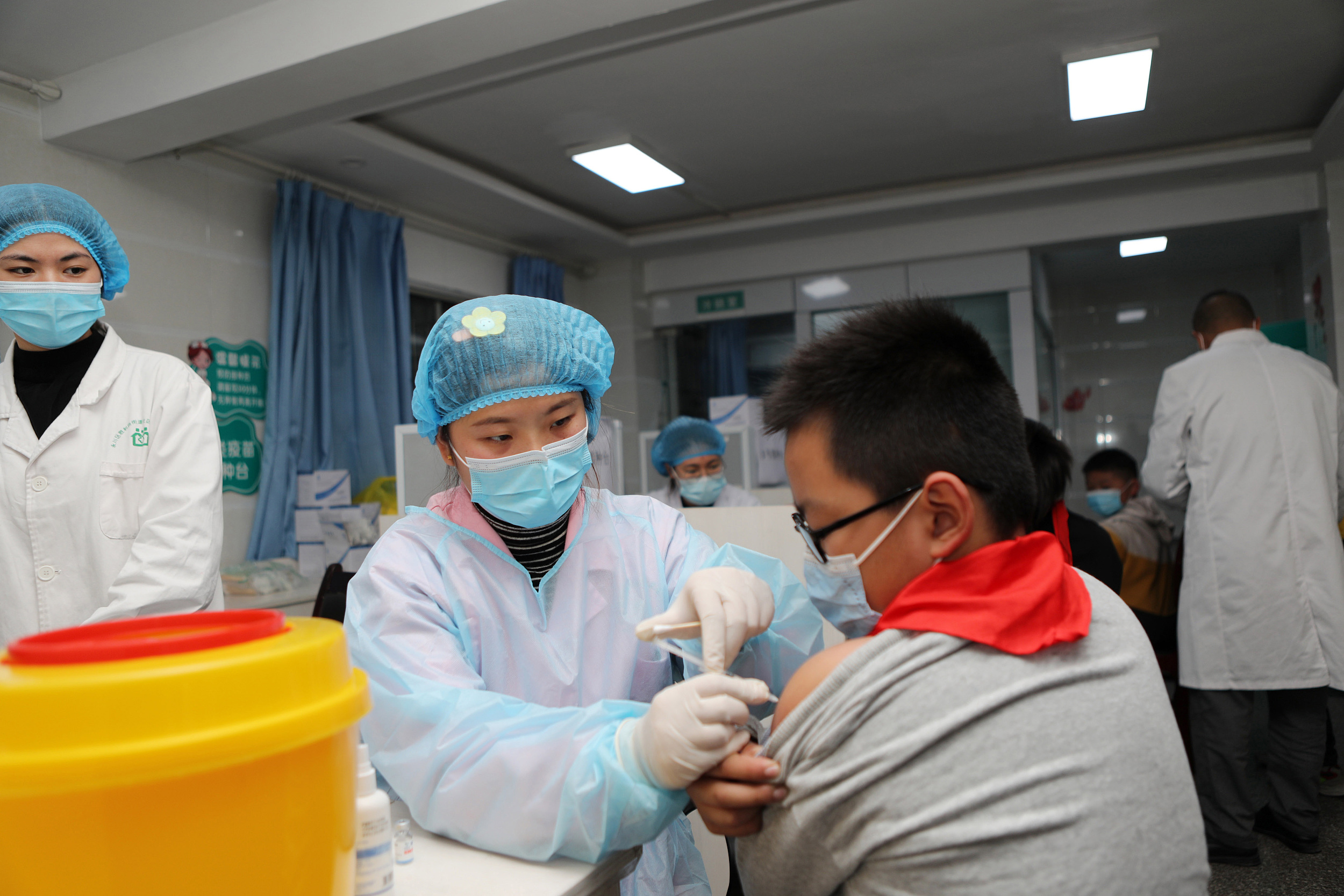
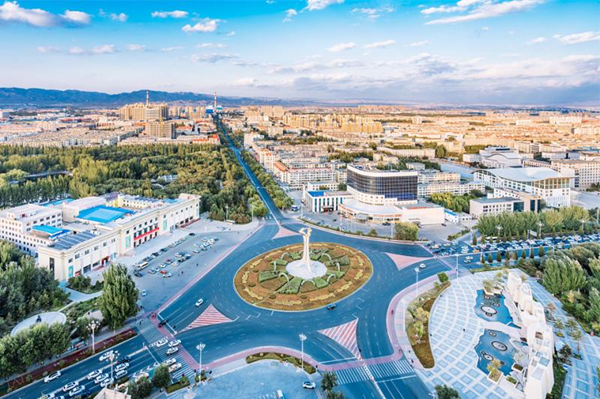

 Sketching and creation tour in Baotou
Sketching and creation tour in Baotou